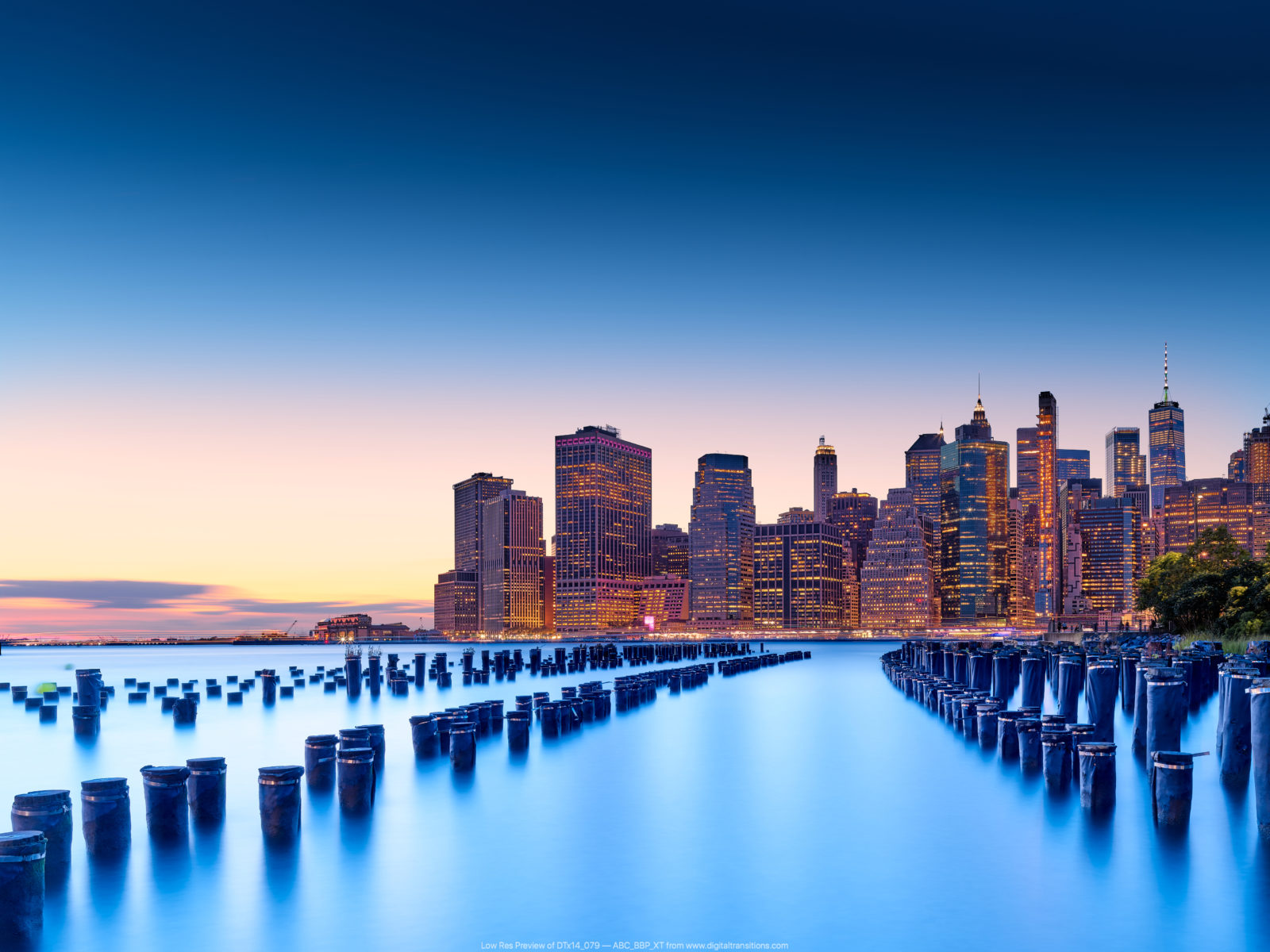Gear Testing, Hardware, Tech Tips
Battle of the Bands: Phase One IQ4 150MP vs Fujifilm GFX 100
Since the release of the first mirrorless “medium format” system, medium format digital has gone from being a niche limited to those “in the know” to common knowledge.
In an increasingly competitive product landscape where mirrorless systems have captured a significant market share, many photographers are looking into what we’ll call “medium format crop sensor” systems — cameras with 44×33 mm sensors marketed as “medium” or even “large” format. While Internet forums have lambasted these claims in the savage manner only internet forums can, the question remains — how do these systems compare to the tried and true gold standard of full-frame medium format digital backs?
The Fujifilm GFX 100 is the newest and most advanced among these medium format crop sensor cameras, and perhaps the camera we hear about most when potential clients make these comparisons. Featuring a 102MP sensor, resolution-wise, it certainly matches the previous generation of true medium format digital backs (though it still falls firmly behind the current generation in the IQ4 150MP).
We decided to take both systems out in the field, and do a direct head-to-head comparison. While the initial intent was to write a full article comparing and contrasting all of the features, we were alarmed by one finding in particular, and wanted to devote an entire article to that first.
PDAF Banding
For serious landscape and architecture photographers who shoot high dynamic range scenes, this issue was the nail in the coffin for the GFX 100. As we’ve continually pointed out, the newest GFX is a very capable camera, but it is, at its core, a very big, very high resolution jack-of-all trades.
As a part of that methodology, it features an excellent autofocus system, using Phase Detect Autofocus (PDAF) technology built onto the sensor; a first for any commercial camera with a sensor larger than 35mm. This AF system, without question, runs circles around the manual focus required by the XT. However, this particular functionality comes with significant trade-offs.
Traditionally, PDAF modules were built into the bodies of SLRs and saw the image through a secondary optical path when the primary mirror was down (before capturing an image). This had some downsides (particularly because these assemblies were extremely sensitive to even the smallest misalignments), but one guarantee in designing the system as a separate imaging path was that it would never have any impact on the image captured on the primary sensor or film.
Mirrorless cameras don’t have mirror boxes in which to place PDAF modules, and at the beginning had to rely on less robust contrast-based methods of focus. However, the current generation of mirrorless systems, the GFX among them, have found a way to integrate PDAF onto the primary sensor directly. The solution involves requires building additional layers of electronics onto the sensor, which can partially mask adjacent pixels. This additional circuitry isn’t included in every row, which means that it forms horizontal parallel bands across the sensor. Because of this inhomogeneity, when extreme lighting conditions arise, problems occur.
When very bright light hits the sensor at extreme angles, as it may in sunsets and sunrises, the PDAF circuitry can produce specular reflections that show up as hot spots in adjacent pixels. This can produce bright bands in the final image, but can be mitigated by using a lens hood in most cases.
However, at the other extreme — low light conditions, or areas of deep, deep shadow — another problem arises. Because the PDAF rows receive slightly less light than the other rows, in areas where tones should be smooth, differences can appear in the form of banding along the PDAF rows. This is minimal in most cases, but in high dynamic range scenes, where shadows must be boosted by several stops, it is exacerbated and becomes VERY noticeable.
In the image below, you can see heavy banding in the GFX to the left after a 5 stop push, whereas the IQ4 150MP looks clean given the same treatment.

Moreover, the IQ4 150MP features a frame averaging mode which drives down noise even FURTHER. Because sensor rows on the IQ4 150MP are identical, the noise is effectively random. As a result, averaging 30 seconds worth of data on the IQ4 150MP sensor cleans up this residual noise, making an incredibly clean exposure even after a 5 stop push.

While Frame Averaging is currently only found in the Phase One IQ4 system, even if the GFX had it, it would have no impact on banding, as the PDAF circuitry is stationary, not random.
Conclusion
The Fujifilm GFX 100 is a nice camera for general purpose photography. But for landscape artists that demand the very best from their images from the deepest shadows to the brightest highlights, it is too much of a general purpose system to work well as a dedicated landscape camera.
Compared to a system like the Phase One XT IQ4 150MP, the GFX’s small sensor, lack of movements, and PDAF banding are compelling reasons to consider going a different direction.
And while the common refrain is that Phase One systems are prohibitively more expensive than systems like the GFX, with certified pre-owned options available for Phase One IQ3 100MP systems starting around $18,000, one can own a future-proof, modular, upgradable digital back for roughly the cost of a GFX and a couple of lenses.
Have more questions about how the GFX stacks up against full-frame medium format systems? Contact us info@digitaltransitions.com for more information!

